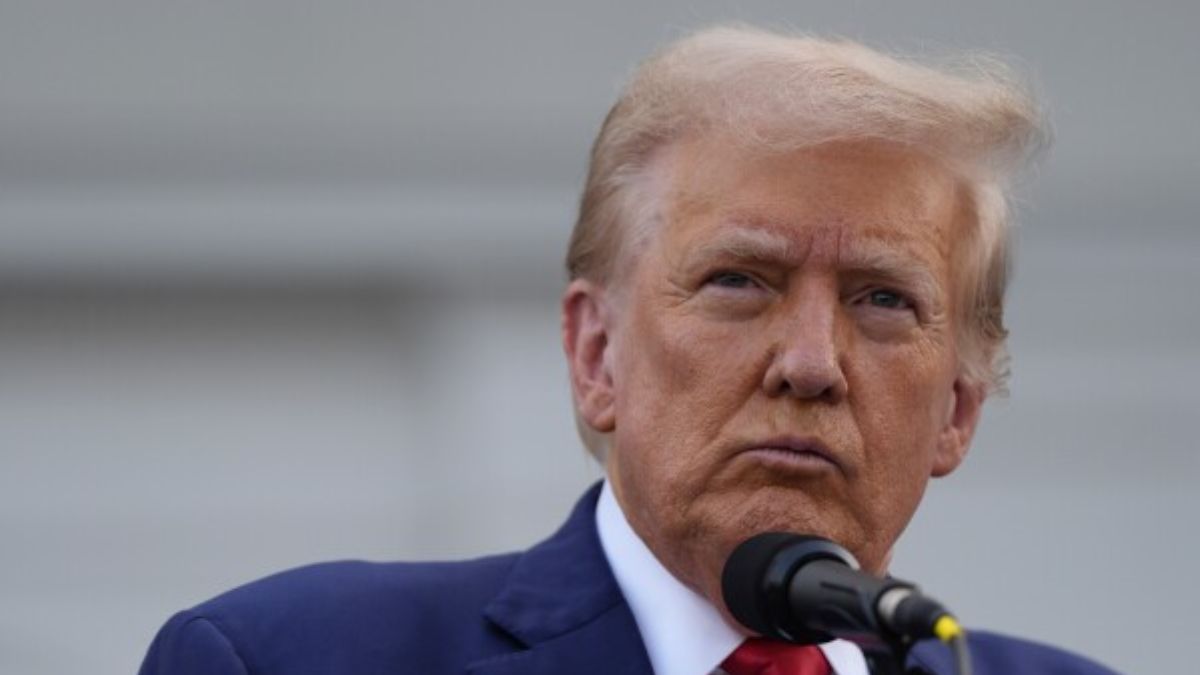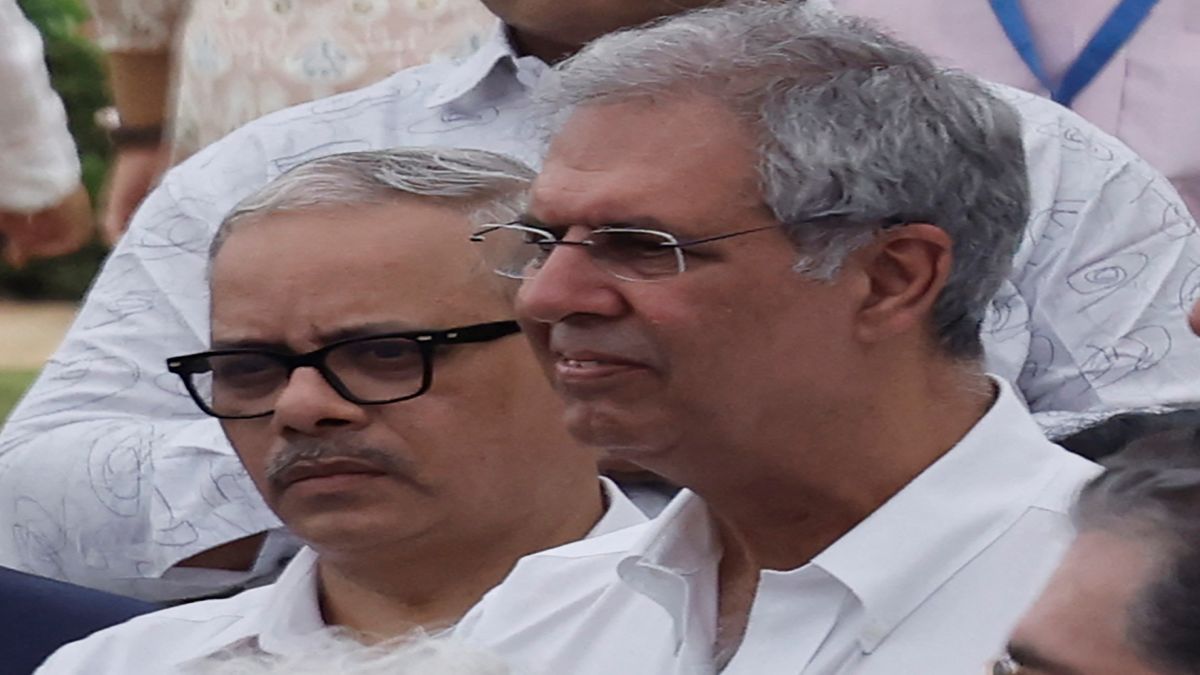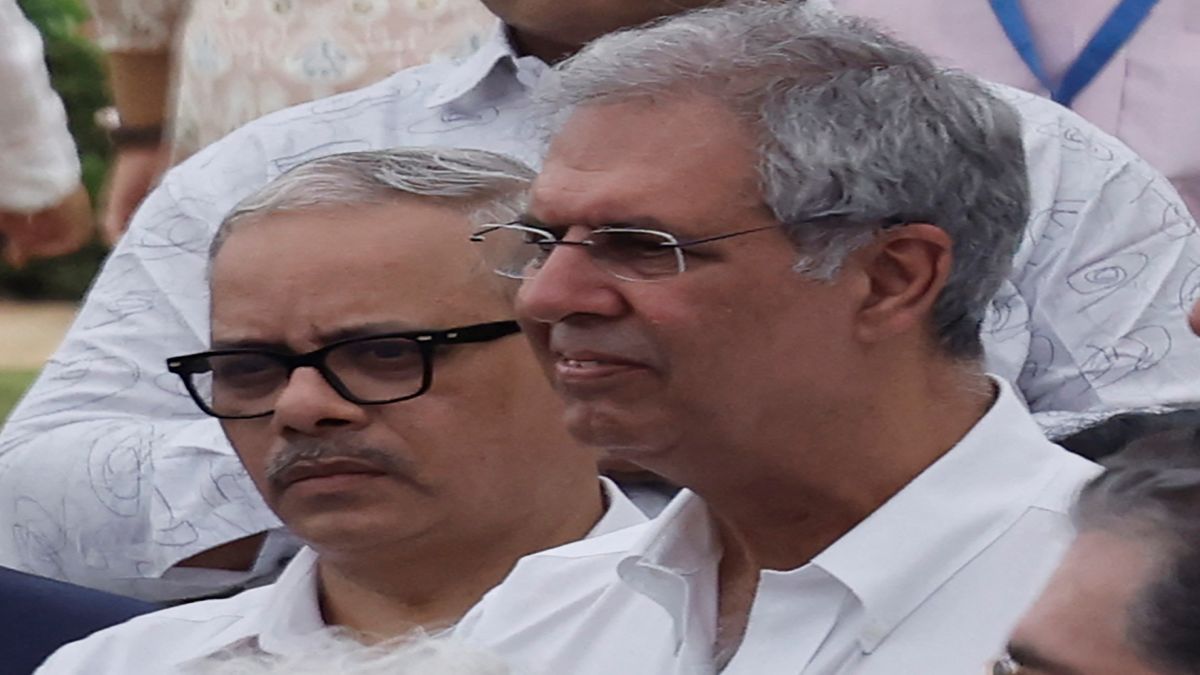Disruption has been the defining theme of 2025. From rapid advances in artificial intelligence to shifting geopolitical alliances and evolving trade dynamics, the global economy is undergoing transformation.
Yet, amid this flux, India continues to stand out—retaining its position as the world’s fastest-growing major economy. This momentum is supported by a blend of proactive domestic measures and structural drivers—favourable demographics, accelerating digitisation, and ongoing institutional reforms.
Unlike previous episodes of disruption, which were often crisis-driven, the current wave is more about transformation. Economies are recalibrating, not just responding. India has emerged as a front-runner in this shift—adapting swiftly and strategically to the changing global landscape.
Powered from Within
India’s economy is primarily driven by domestic demand. Over 80 per cent of the value added to final demand originates from internal sources. This inward orientation has historically helped India weather external shocks and continues to act as a stabilising force.
The strength of India’s services sector and its consumer base further underscore this domestic reliance. Sectors such as education, real estate, retail trade, financial intermediation, and agriculture are largely powered by domestic value addition. This provides an opportunity to explore global avenues in these sectors, eg, in education, where India’s human capital and digital capabilities offer a competitive edge.
India’s external dependencies are diversified across a wide array of countries, reducing vulnerability to any single market. This diversified exposure may continue to buffer India against global volatility.
Impact Shorts
More ShortsGlobal Footprint: Expanding Influence
India is not only a consumer of global goods and services—it is also a supplier. This interdependence, measured as a share of India’s GDP, offers insight into the country’s exposure to external markets and the opportunities that may arise.
Business services—including IT and software, management consulting, market research, and equipment leasing—are among the top contributors to India’s global exports. Agriculture and retail trade follow closely, reflecting India’s growing footprint in food and consumer goods, reinforcing India’s importance in global value chains.
Importantly, India is moving up the value chain in global trade. Increasingly, this includes innovation, analytics, and design—areas where Indian firms are building capabilities and global centres of excellence.
Unlocking New Opportunities
The Indian economy has shown remarkable resilience amid global policy changes. Consumption growth has played a central role, supported by measures such as personal income tax cuts, GST rationalisation, monetary easing, and liquidity support. Early signs suggest that GST rate cuts have lifted spending in sectors like passenger vehicles. The festive season may further boost demand in travel and hospitality.
Beyond cyclical drivers, structural opportunities are emerging. India may be well positioned to expand trade partnerships beyond traditional markets, particularly in sectors where it holds a comparative advantage—such as business services and retail trade. It may also expand its offerings to other sectors such as education, real estate, and construction, sectors where domestic capabilities are strong.
Beyond the Metros
India’s growth story is no longer confined to metropolitan centres. Digitisation and financial inclusion efforts by the government have catalysed development in Tier 2 and Tier 3 cities. Benefiting from disruptions in trade and technology, these cities may become focal points for infrastructure, real estate, education, travel & tourism. These developments may generate spillover benefits for small businesses and local communities, fostering inclusive growth.
A Calibrated Path Forward
India’s economic trajectory reflects a balance between domestic strength and global integration. The country has weathered global disruptions with relative ease, owing to its diversified economic structure and policy responsiveness. Its ability to adapt, diversify, and deepen its economic linkages—following a path of domestic resilience paired with global recalibration—may lay the foundation for sustaining its growth trajectory.
(The author is Senior Economist South Asia, Mastercard Economics Institute. Views expressed in the above piece are personal and solely those of the author. They do not necessarily reflect Firstpost’s views.)


)

)
)
)
)
)
)
)
)



